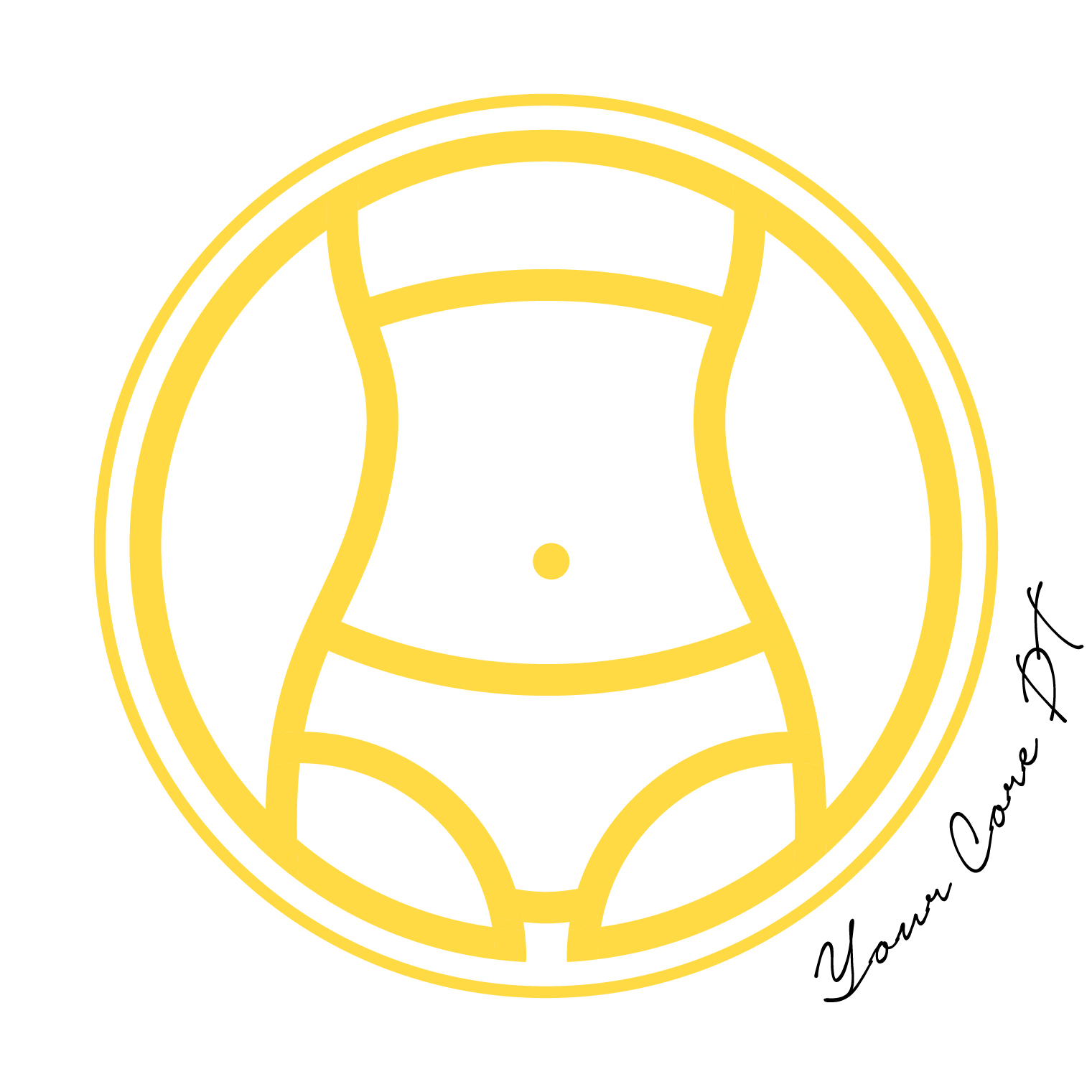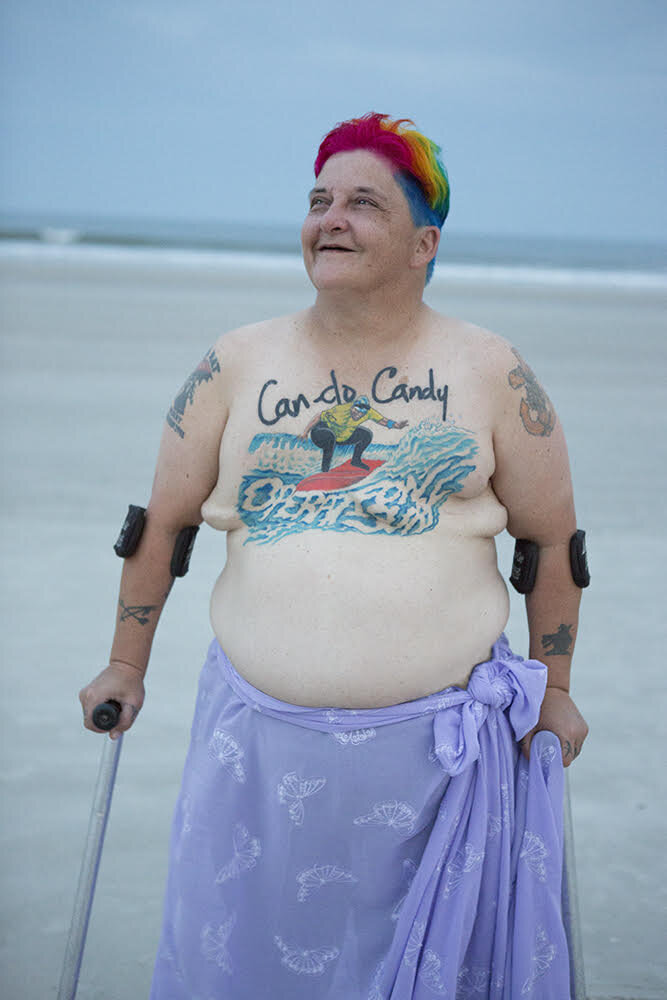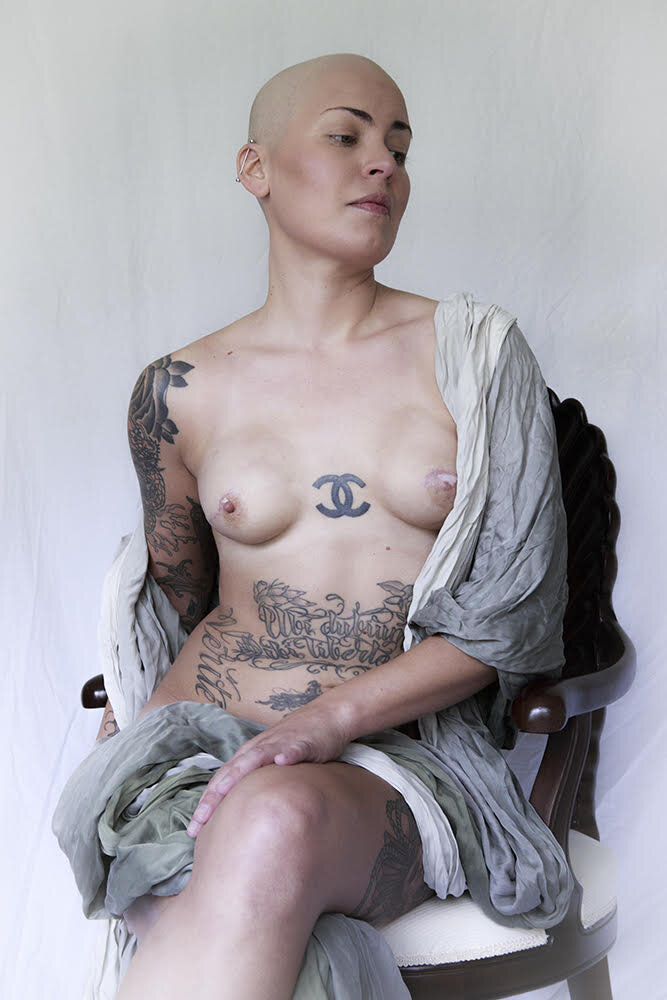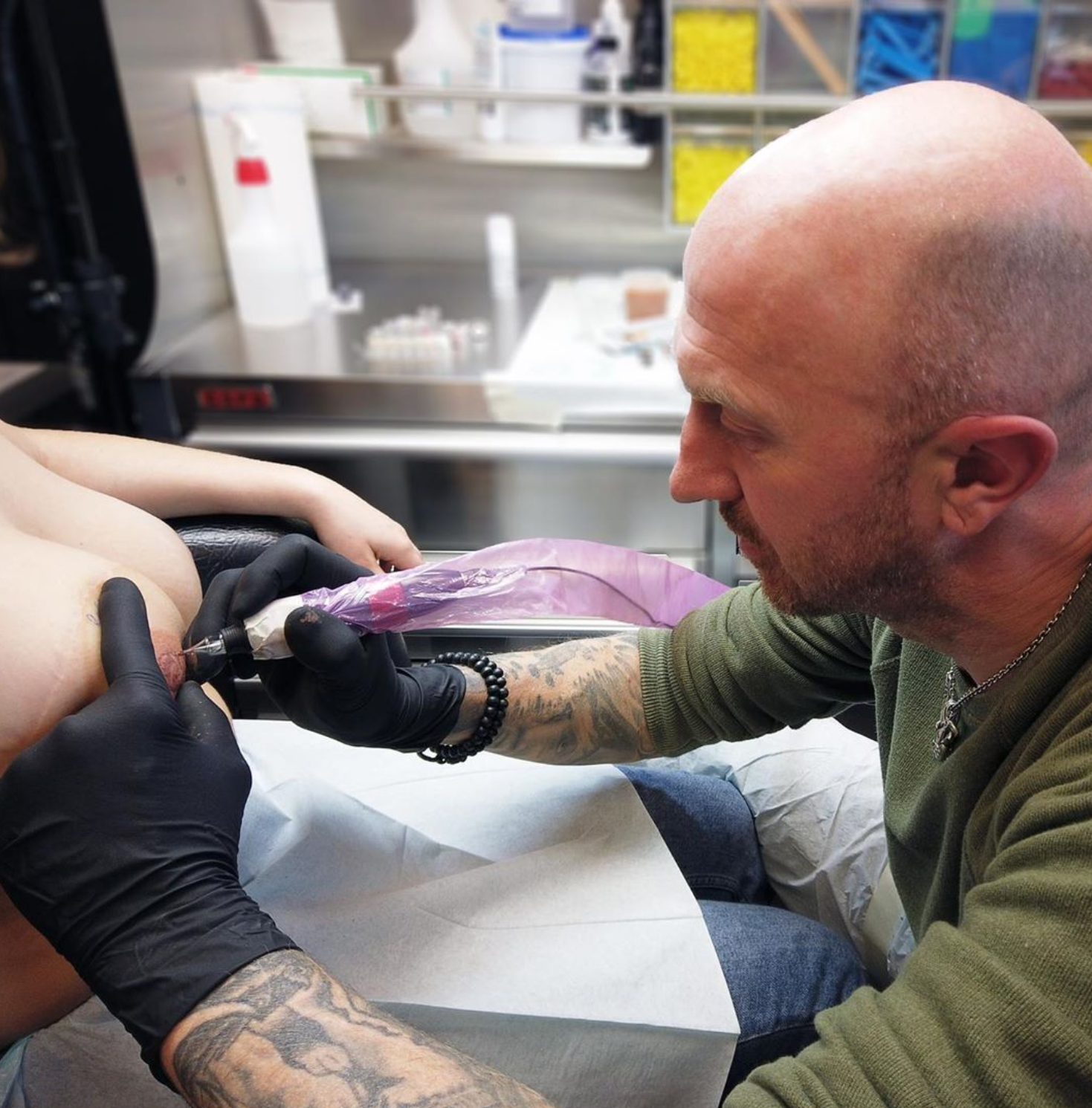Post mastectomy tattoos…are they the right choice for you?
Some post mastectomy breast cancer patients are turning to nipple/areola tattoos as an additional step forward in their recovery process. These tattoos not only help with physical and emotional healing, but also these women feel that they are now regaining control of their bodies.
Nipple tattoo post-mastectomy. Artist: Andy Engel (Germany)
The end result is a tattoo that looks as real and life-like as a natural nipple, just without the physical structure of one. Is this an option for your recovery journey?
There are many variables for you to consider before choosing to get a post mastectomy tattoo:
Do you want something decorative, or prefer a more natural look?
What are the precautions with getting a tattoo?
Do you prefer to have it done by a doctor or a tattoo artist?
How will you know what tattoo place or person to go to?
Is it something you plan to pay for on you own, or do you want to submit it through your insurance company?
Do you want/need one breast done or both?
How is it done?
It can seem like an overwhelming process, but the more informed you are, the easier it may be for you to make the right choice for your recovery.
What are your options?
There are different types of tattoos options for you to choose. Some women are choosing to go the traditional tattoo route and are getting bold and decorative tattoos over the mastectomy site. These can be large, small, colorful, or simple. The tattoo can cover the breast area only or the entire upper quarter. Other women are opting to have a more realistic/conservative tattoo done that resembles their natural nipple/areola. The focus of this paper is going to be on the conservative tattoo option.
Images above are compliments of Charise Isis with The Grace Project; a not-for-profit that helps people develop ‘courage, beauty, and grace, in the face of breast cancer.’ Consider donating! Follow Charise on IG: 800Goddesses
Tattoo Concerns:
There are precautions with all tattoos, but there are additional factors post-mastectomy that you should consider to ensure the safest results. There is mixed literature out regarding how soon after surgery is safe for a tattoo. Some sources say six months, others say a year. This is something that is best discussed with your oncology team. Variables like the type of surgery you had performed, healing times, and scar tissue formations will impact this time frame. Medications you are on can also impact how well you tolerate the tattoo procedure and the recovery. Another time factor consideration is that you can not be actively undergoing chemotherapy or radiation.
Who can perform your tattoo?
You can have a tattoo performed by a doctor in his office, or by a tattoo artist in a studio. The training required by doctors versus a tattoo artist is different, and even varies among the providers in each profession. A doctor is going to be more aware of the tissues and structures involved in your surgery, which may give them a medical advantage when performing your tattoo. A tattoo procedure done in a medical office is sometimes referred to as micropigmentation. There is additional training available for medical professionals to learn how to perform nipple/areola tattoos, but it is not a requirement. The Beau Institute in New Jersey is one location that offers this additional training, and will let you see some of the topics covered.
Tattoo artist training requirements can vary from state to state, so it is advised to research the state you live in just so that you are well informed on what to look for. Some states require license renewals, others do not. There is additional training available for tattoo artists to learn not only how to perform these specialized post mastectomy tattoos, but also to understand more about breast cancer treatments and considerations. This training can be one to three days long. The Sauler Institute of Tattooing in Pennsylvania is a location that offers the three day course for tattoo artists, and will let you see what topics are covered. It is important to understand that like medical providers, tattoo artists are also not required to have additional training to do nipple/areola tattoos. Choosing a male or female tattoo artist is a matter of your personal preference. It is a good idea to meet with a few different people so that you can find someone and somewhere that meets your expectations (This also applies if you decide to have a medical professional perform the tattoo).
Nipple tattoo training typically involves topics such as shading, coloring/pigmentation, sizing/ placement, and how to address areas of scar tissue for the most realistic end result. In addition, there are also different types of tattoo ink and needle sizes that can be used to complete the tattoo. Regardless of where you go for your tattoo, the after care instructions are similar to a regular tattoo, and should be provided/reviewed for you by the person performing the procedure.
How much does a nipple-areola tattoo cost?
The cost of a tattoo can be influenced by multiple factors. The provider’s experience, technique, and the facility can impact how expensive the process is. Some tattoos are billed on an hourly basis, others are billed per procedure. A tattoo administered by a doctor or medical professional is often covered by your health insurance, but the amount covered will depend on your particular plan. The AiRS (Alliance in Reconstructive Surgery) Foundation, in Texas, is an option for you to find additional financial support and references. PA tattoo administered by a tattoo artist is not covered by insurance, but many artists will give you a receipt to submit to your insurance and try to get reimbursed for. There are some grants available that can be applied to a post mastectomy tattoo. The Pink Ink Fund (P-INK.org) has information about these grants and additional resources. An additional recommended resource/reference is tattoo artist Vinnie Myers (Maryland). He is known as the “Michelangelo of tattoos”, has performed these tattoos on over 10,000+ women, was interviewed on “The Today Show”, and has shadowed at local Maryland Hospitals to better understand breast Cancer and improve his technique. Another reference site for tattoo artists is the A.R.T (Areola Restorative Tattoo) by Stacie-Rae (California). Stacie is a multiple award winning contributer to the breast cancer tattoo movement. Patient factors that influence the cost of a tattoo include the severity of any scar tissue, if you are having one or both breasts done, your skin tones, and the size of the tattoo required. It is important to note that while there are medical professionals and there are tattoo artists who perform nipple tattooing, many of them work together (as consulting teams, not competitors) to give you the best possible outcome. This is something you may want to ask your provider if they participate in.
What to expect:
Once you have decided on a post op mastectomy tattoo, you will begin the process of getting it done. There is often an initial visit where you will complete medical history paperwork, and you will sit and meet with who you have chosen to help you with the tattoo. This will be a trial run where colors/size/placement can be chosen and altered as needed. You will have a chance to address concerns you have about size, shape, and color, and then the process can begin. You will be able to set up the appointment date for the tattoo. Multiple sizes of needles may get used, depending on how much detail is involved. Some women report the process is less painful than other women, depending on the nerve damage/desensitization in that area. The time to perform the tattoo could take thirty minutes to an hour. That will be longer if you need/elect to have both breasts done. A typical tattoo leaves people complaining of nothing more significant then their skin feeling “sunburnt”. This is also what should be expected after your appointment. It is a good idea to remain in contact with your treating oncology team and the person who you chose to perform the tattoo for the first 1-3 weeks after you get the tattoo to keep them advised on your healing. As a precaution after a tattoo, you should notify any provider prior to getting an MRI. This is because some tattoo dyes could have trace amounts of metal.
In conclusion…
The decision to have post mastectomy tattoos is chosen by women for various reasons, with various styles, and various providers performing the tattooing. What is the right choice for one woman may not be what is the right choice for you. There are videos online to watch the tattoo completed, there are ways to help offset costs if that is a concern, and there are numerous online resources to read.
If your still unsure, you can make the initial appointment with the provider, have the temporary tattoo design completed, and then decide what is best for you. Good luck on your recovery journey.
Questions or comments? Please post them below!
Nicole Dodson Loucks, PT
is a physical therapy assistant in Bel Air, Maryland and KickPink Practitioner specializing in breast cancer rehabilitation.
Contact: nicolemdodson@hotmail.com






